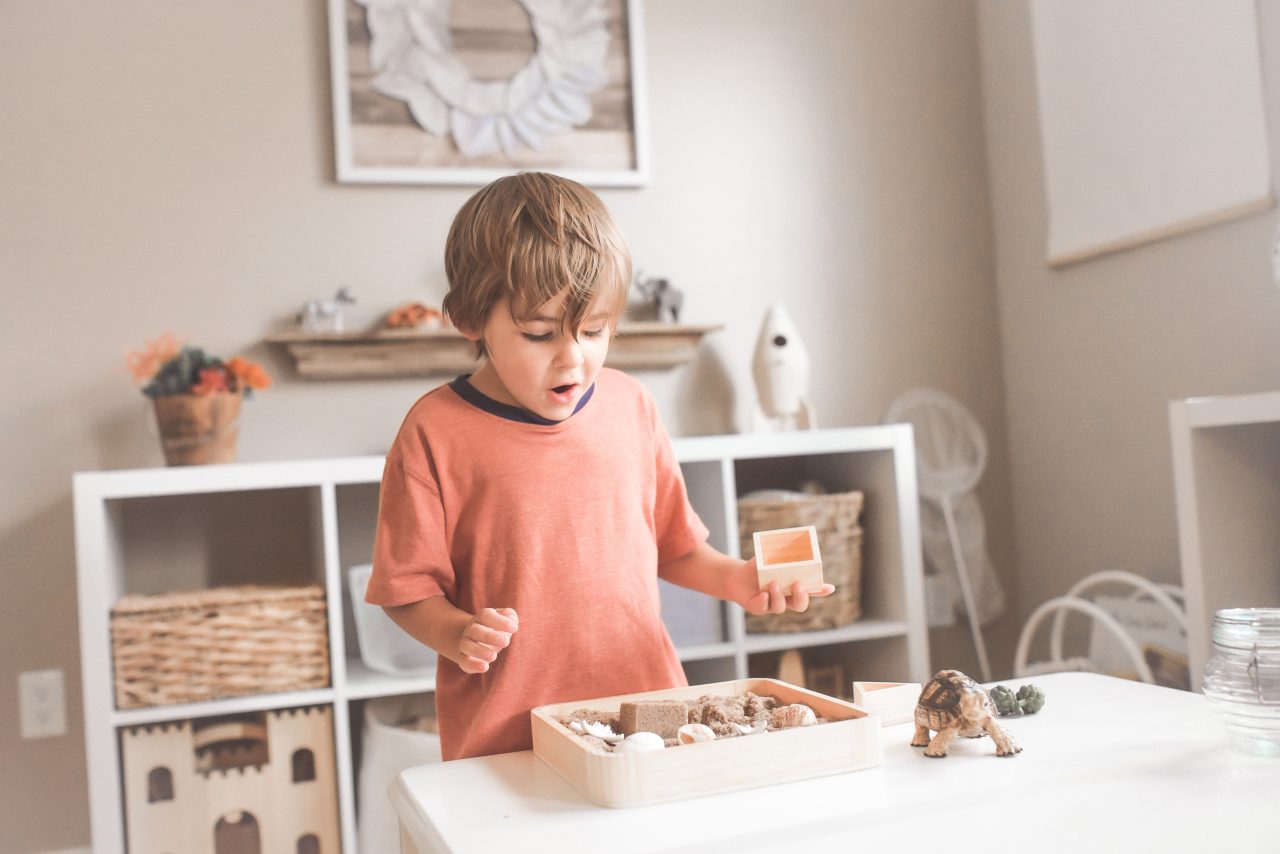Fine motor skills are the capacity to perform specific motor actions with the hands and fingers due to the well-functioning interaction of all systems. For example, the development of speech and thought processes is based on developing fine motor skills. Therefore, to teach the child to speak faster and easier, it is necessary to regularly stimulate the movements of the fingers. Classes with the baby can be started from the first months of life.
Wooden toys for the development of fine motor skills of children
Children learn the world from the very first day. Toys help them in this. With the help of rattles, hearing and grasping movements are developed, and pendants are taught to concentrate the gaze. The role of an educational toy for toddlers is to accelerate and improve psychomotor and physical development, to teach a child to speak.
Wooden toys have always been valued for their environmental friendliness, durability, and safety. Tactile objects made of wood are a real find for mothers of children from one year old, and some games are suitable for very young ones. You can read more and choose the one you like the best.

Since the year children have a certain independence. They can move around the apartment and get the necessary items themselves. Children from the age of three are already quite smart, and they can be given play sets with small details. However, there is a wide variety of wooden amusements that will assist your baby in developing fine motor skills, memory, and concentration. We have arranged in ascending order of difficulty, from toys for toddlers to those that may suit older children.
- Pyramids are probably the best simulator for the youngest. The pyramid will help to know the concept of balance, shape, and magnitude.
- Wooden books. It’s never too early to introduce kids to books. Their journey into the book world can begin with a wooden edition. The sturdy book has easily flipped wooden pages and is ideal for ages 10 months and up.
- Sorter. The goal of the game is to combine a three–dimensional figure with a groove of the same shape on the base. Usually, the figures are made in different colors, thanks to which logic, attention, perseverance, and familiarity with shape and color are taught during the game, while finger movements are stimulated.
- Frame inserts. This game is designed for children from one to three years old. It is a preparatory stage for further puzzle games, where in addition to coordination, the child needs logical, spatial thinking, and the ability to build causal relationships. The essence of such a frame game is that kids can combine the object with the space assigned to it on the panel. During the game, logic, imagination, and perception of color and shape develop.
- Wooden tiles. These are tiles with a clear color print on one side of real photographic images of animals or fruits. They can be used as a memory game or as a sorting game.
- Lacing. The task of the game is to attach various parts to the main figure by lacing them. Such a game helps to stimulate fine motor skills, as well as speaking skills.
- Bizibords. Educational boards are a real hit with children and their parents. This is a real development center with a lot of small items. Feeling the elements, the child understands their purpose independently at the entrance of the game, intensively stimulating fine motor skills, coordination of movements, logic, and perseverance.
- Wooden colored gears. Brightly colored gear installed on a wooden board can illustrate natural scenes. With its bright and appealing color palette, it is sure to amuse and please. This set will teach children the mechanics of gears easily and effectively. Endorses cognitive development and aids in color recognition.
- Wooden figures. Typically, the set consists of 10-15 characters created of real hardwood. These can be characters from well-known fairy tales or cartoons. They can be used in creative games, games with a little world when children will create their own history. Such toys can help develop descriptive verbal communication skills for your child as well.
- Wooden puzzles. Such sets differ in the level of complexity and the number of elements. They are pleasant to the touch and develop tactile sensations, logic, and thinking.
- The constructor is an easy way not only to teach children to coordinate movements but also to introduce them to colors and sizes. Wooden constructors are loved not only by toddlers but also by older children, it all depends on the complexity of the set.
Remember that by developing children’s hands, you contribute to the development of their brains. By choosing educational toys for your children, you make a valuable investment in their training.









No Comments